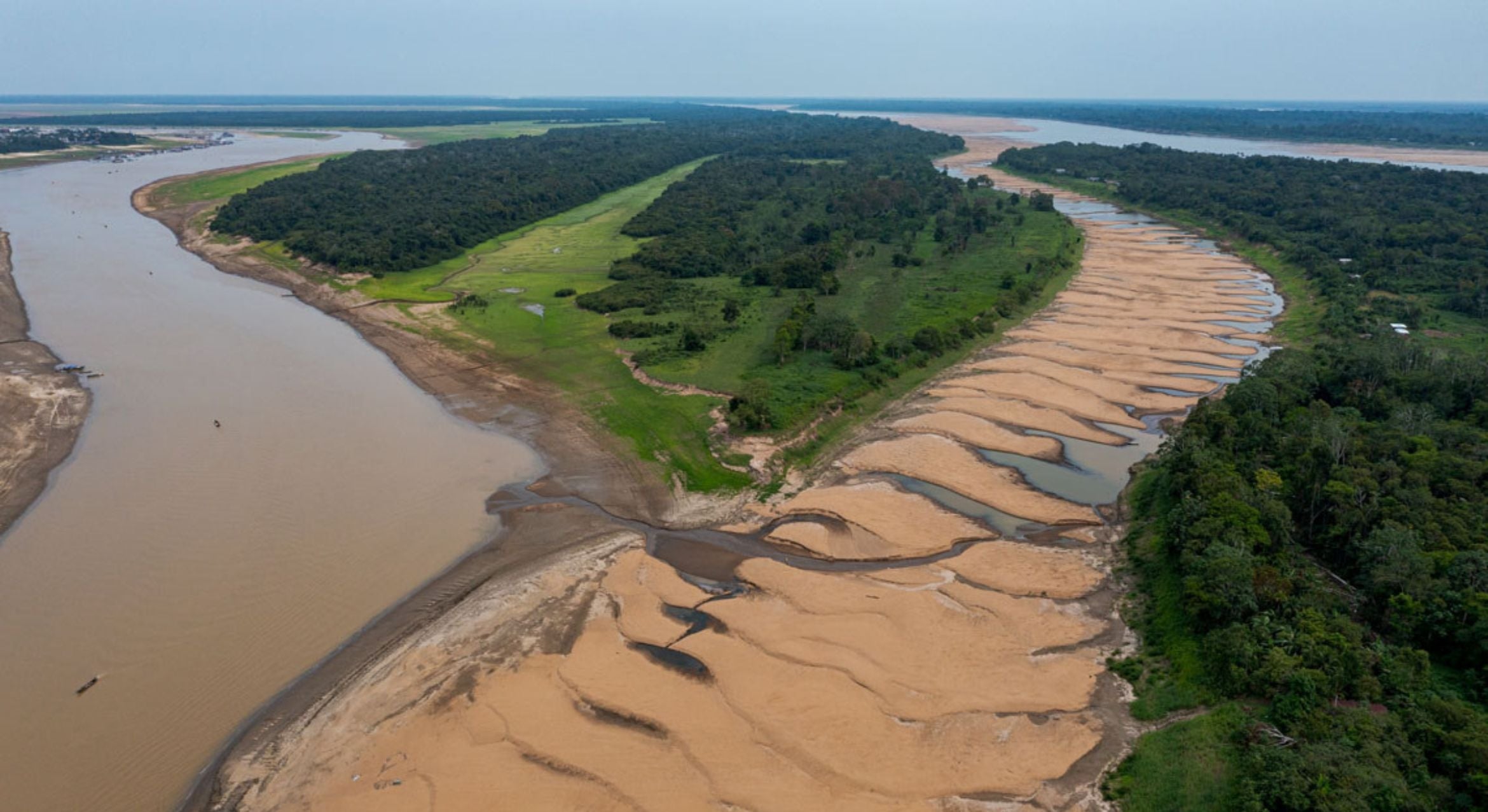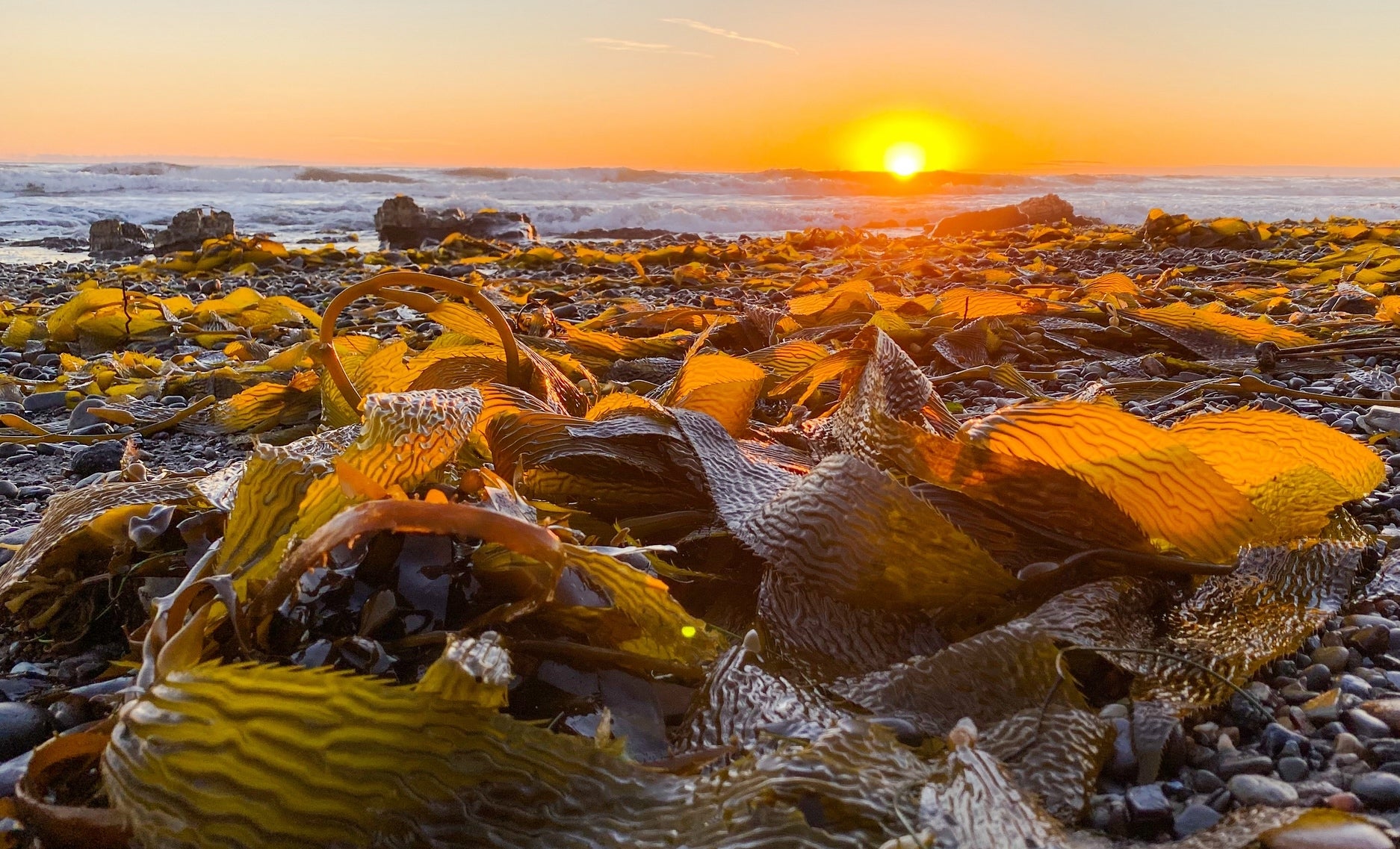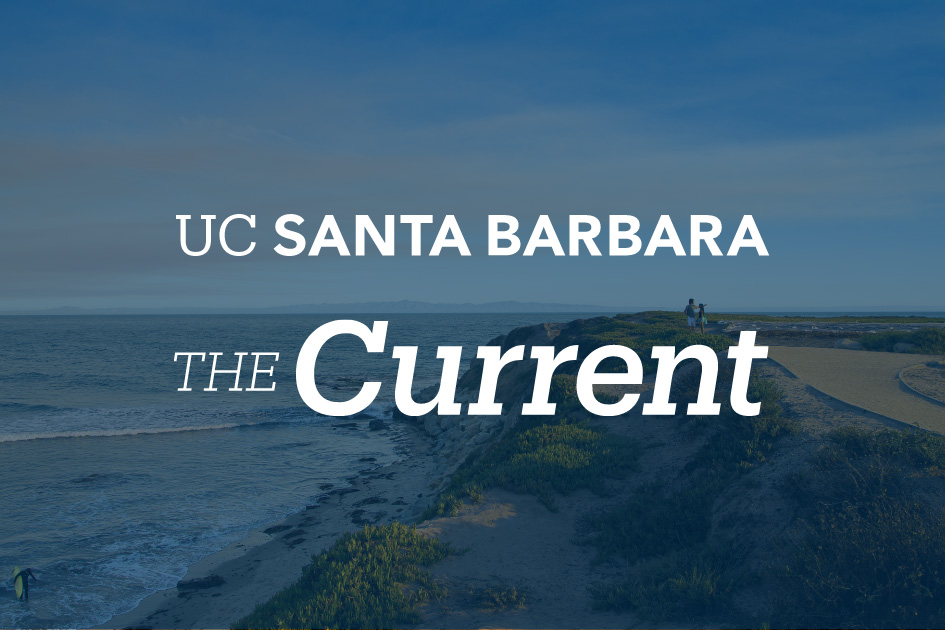What's Current in
Ecology Evolution and Marine Biology
Image
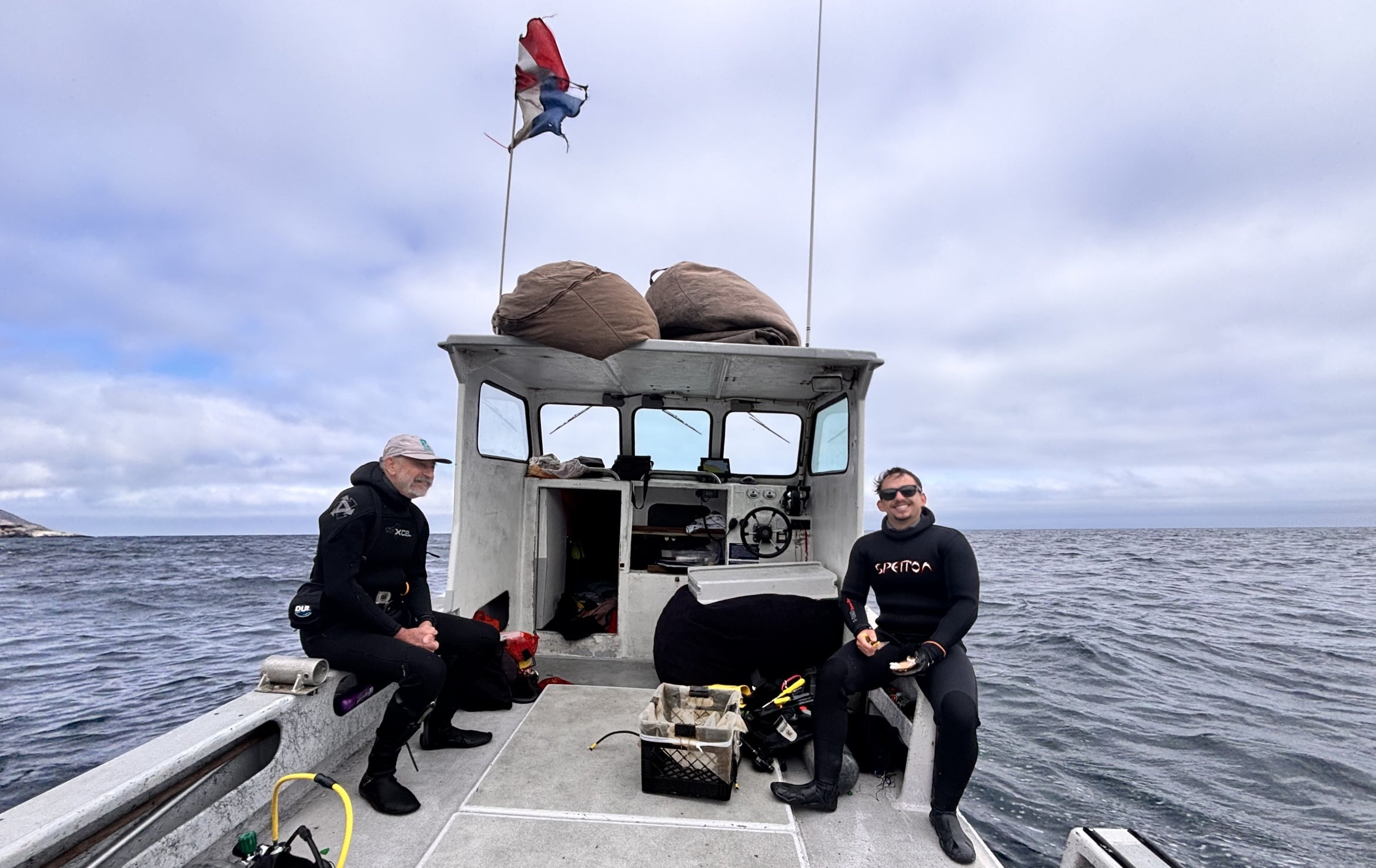
Photo Credit
Courtesy Image
Volunteer taxonomist Gustav Pauly from the Florida Museum of Natural History, left and SBC-LTER lab technician Darrin Ambat on a morning dive to retrieve Autonomous Reef Monitoring Structures from the sea floor
Image
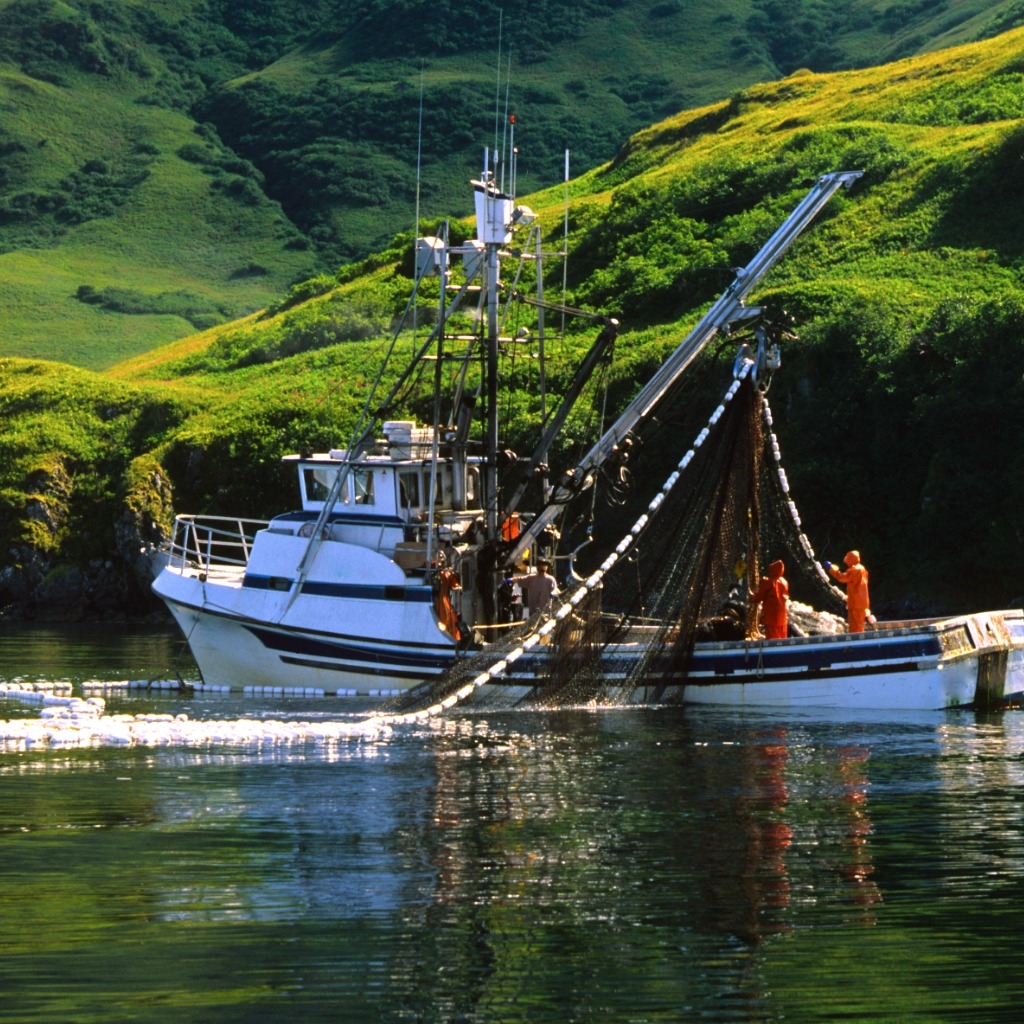
A commercial fishing vessel near Kodiak Island, Alaska
Image
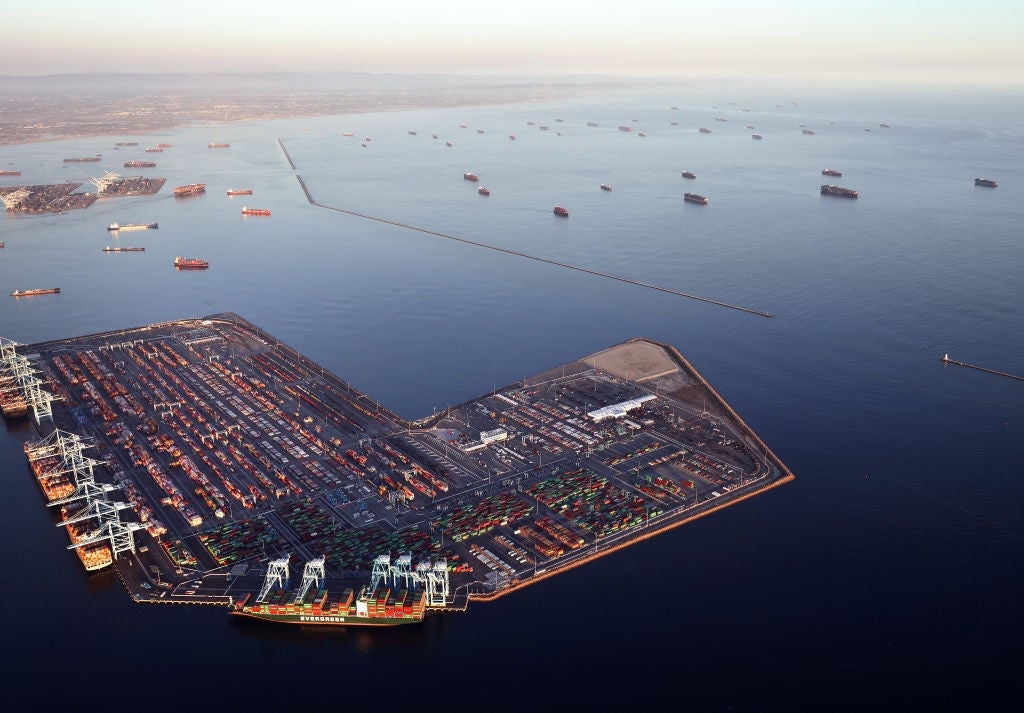
Cargo vessel congestion at the Los Angeles/Long Beach port complex during the COVID pandemic
Image
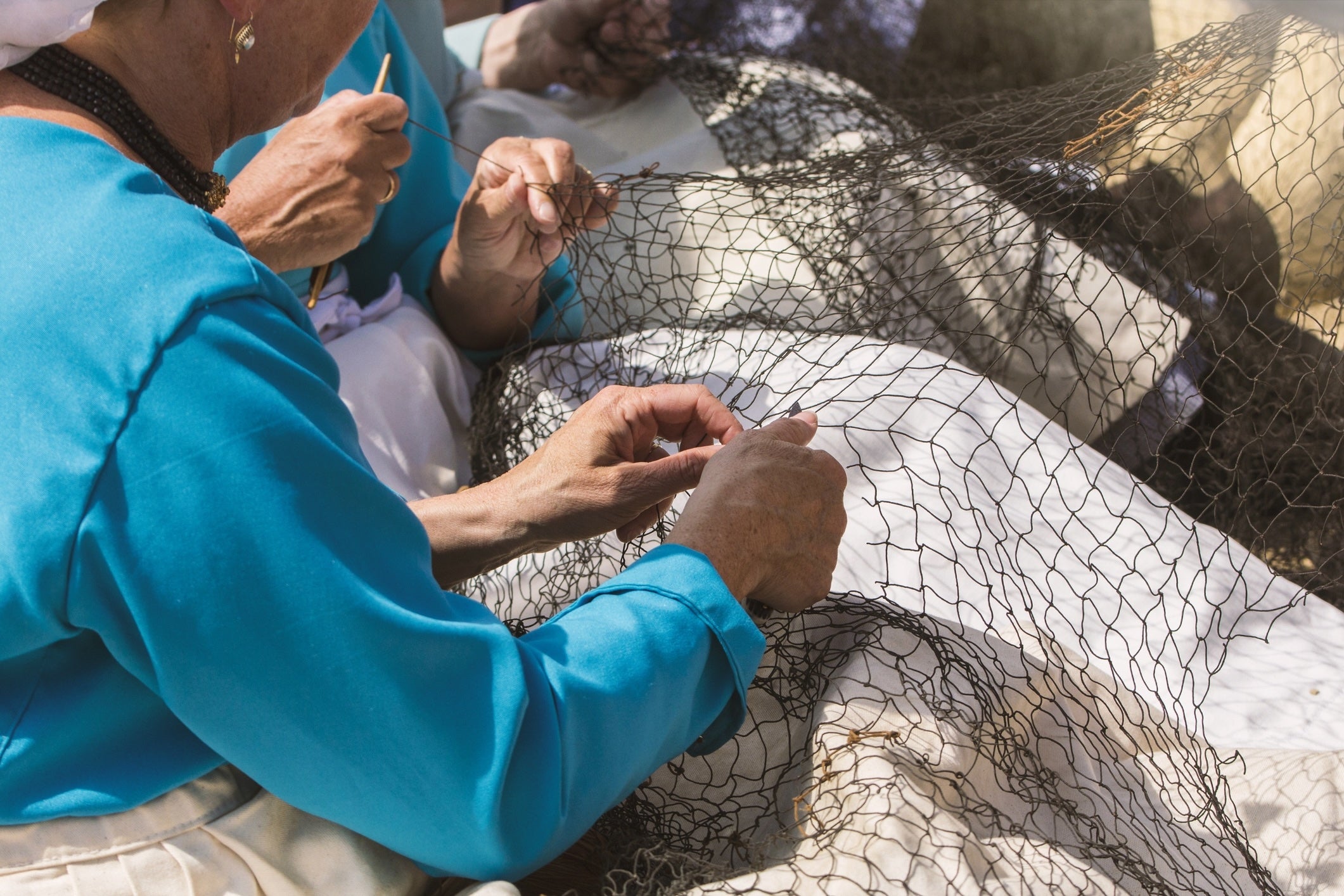
Geospatial information about how women use the ocean is an important part of marine spatial planning, but tends to be hidden in the data
Image
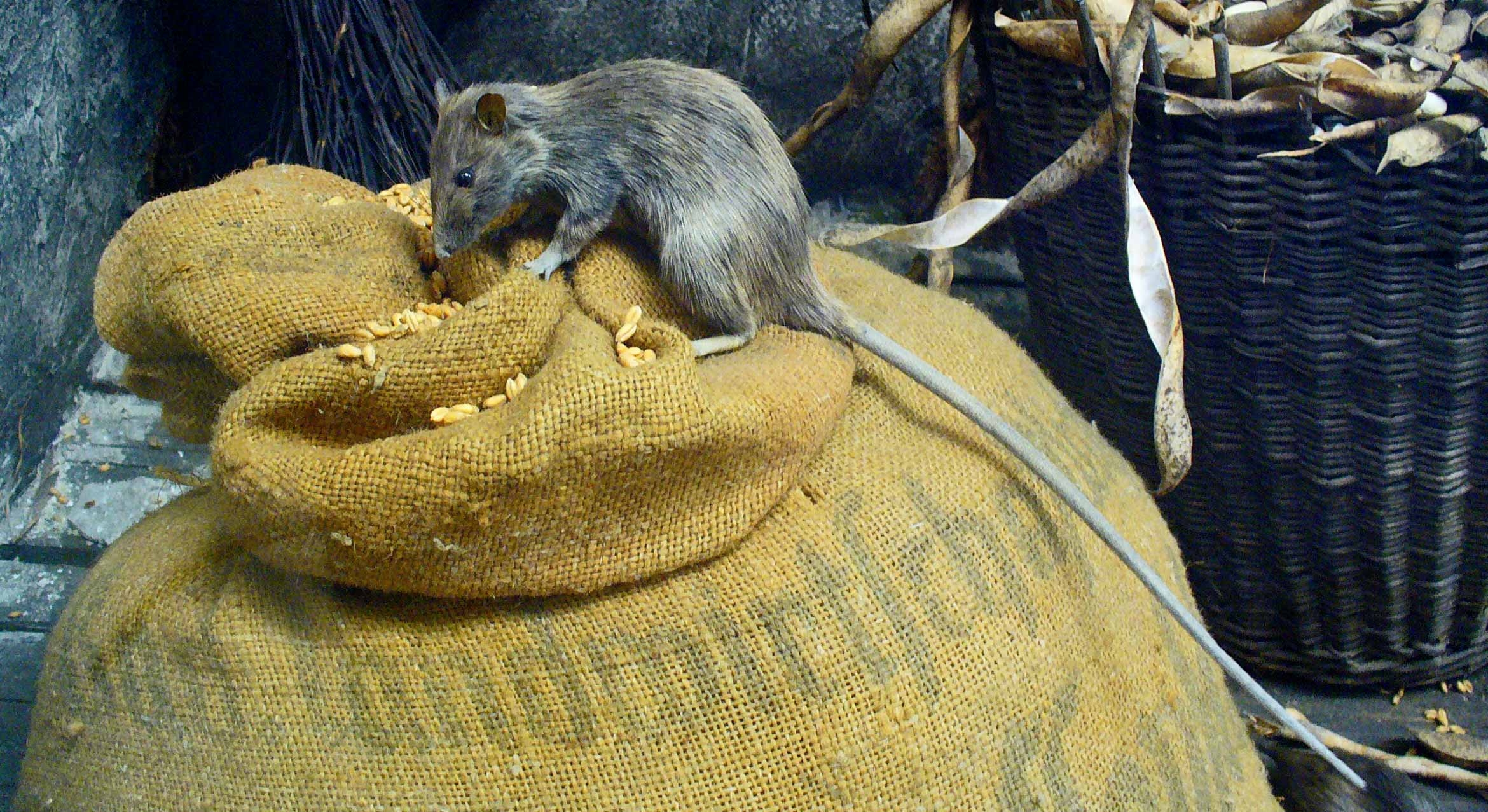
Photo Credit
H. Zell via Wikimedia
The non-native black rat was the only small mammal infected with Hantavirus in an immensely biodiverse region of Madagascar. Animals trapped in agricultural fields carried the disease more often than those trapped in homes or in the rainforest.
Image
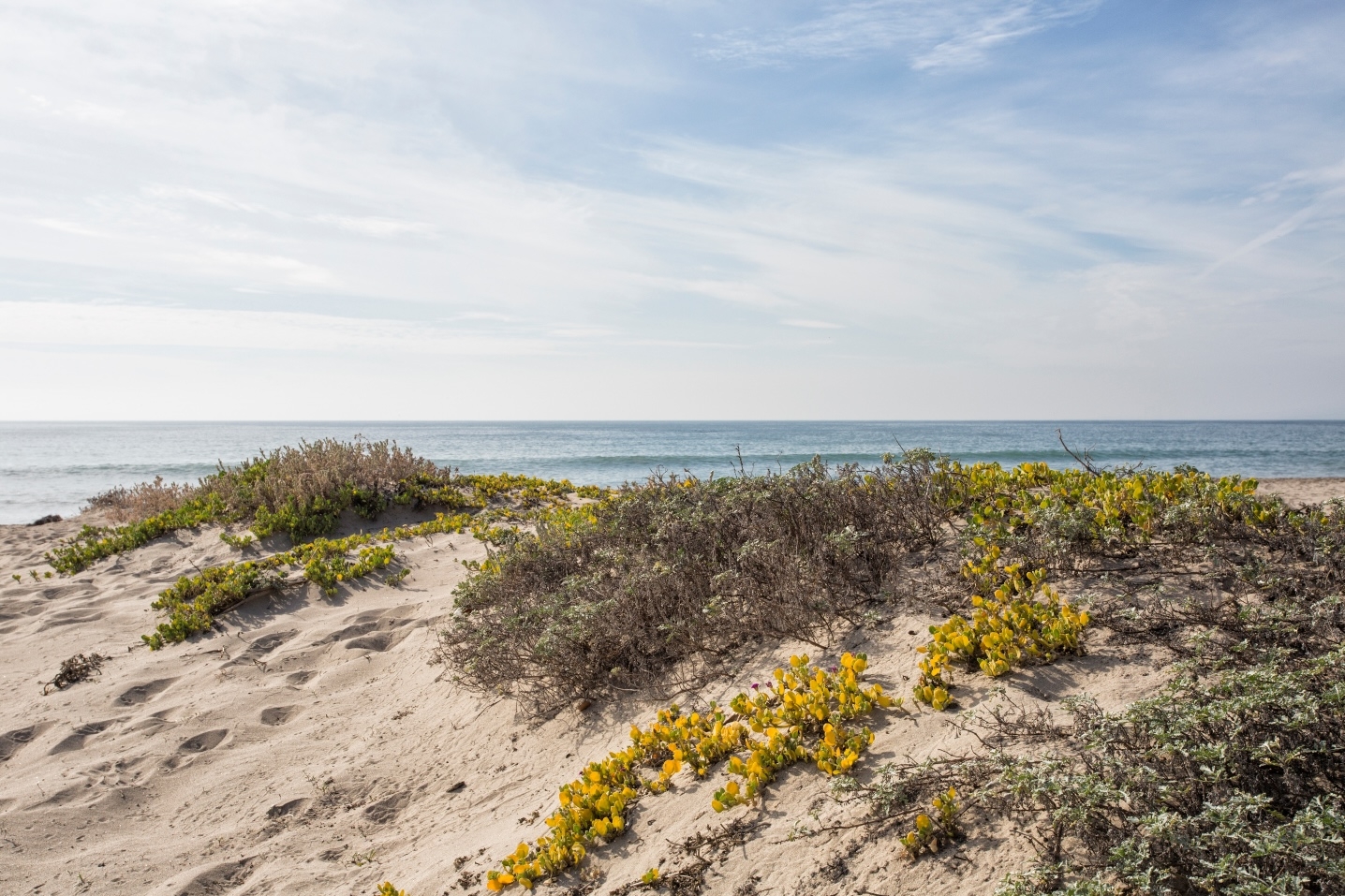
Photo Credit
City of Santa Monica
Image
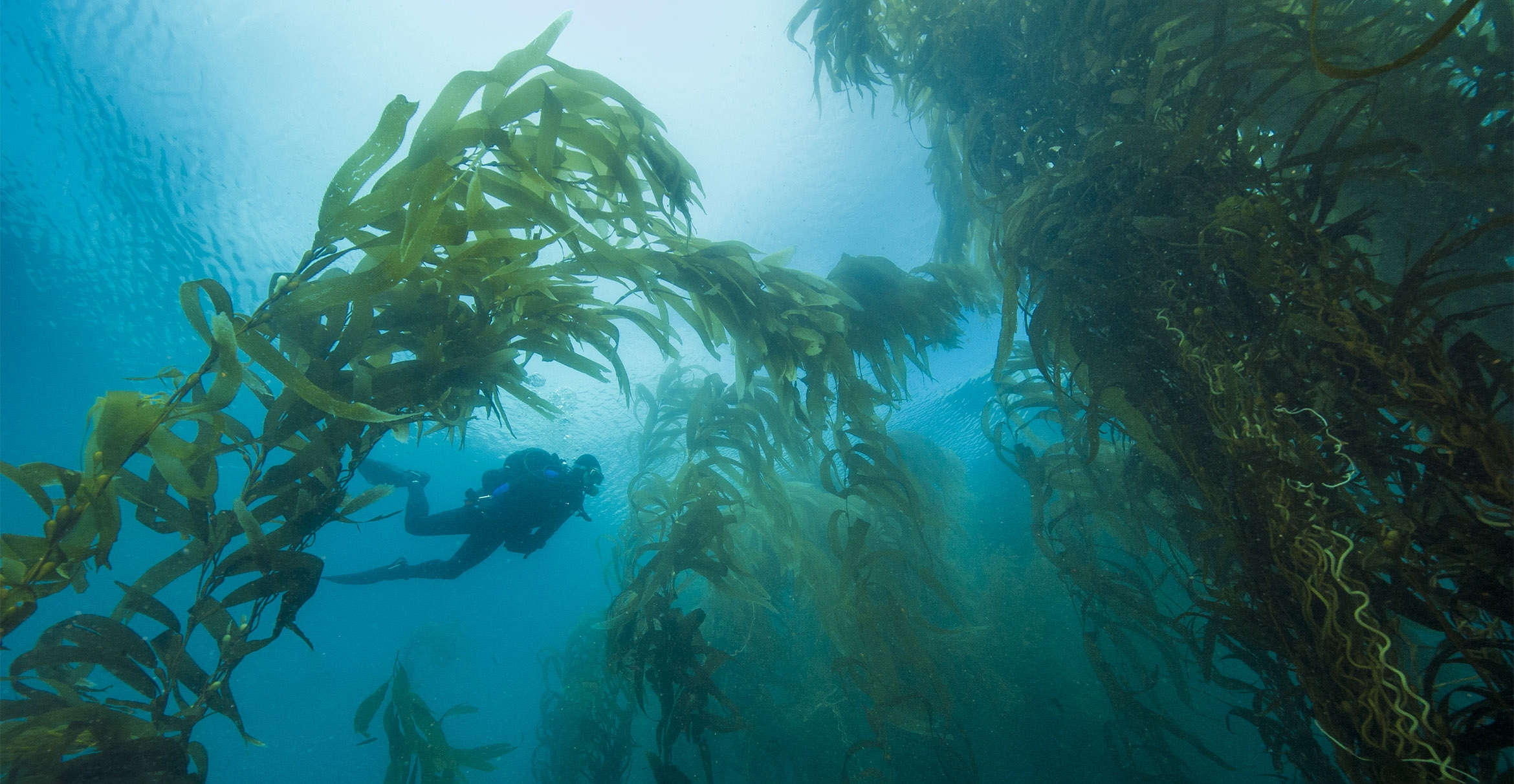
Photo Credit
Courtesy of NPS
Image
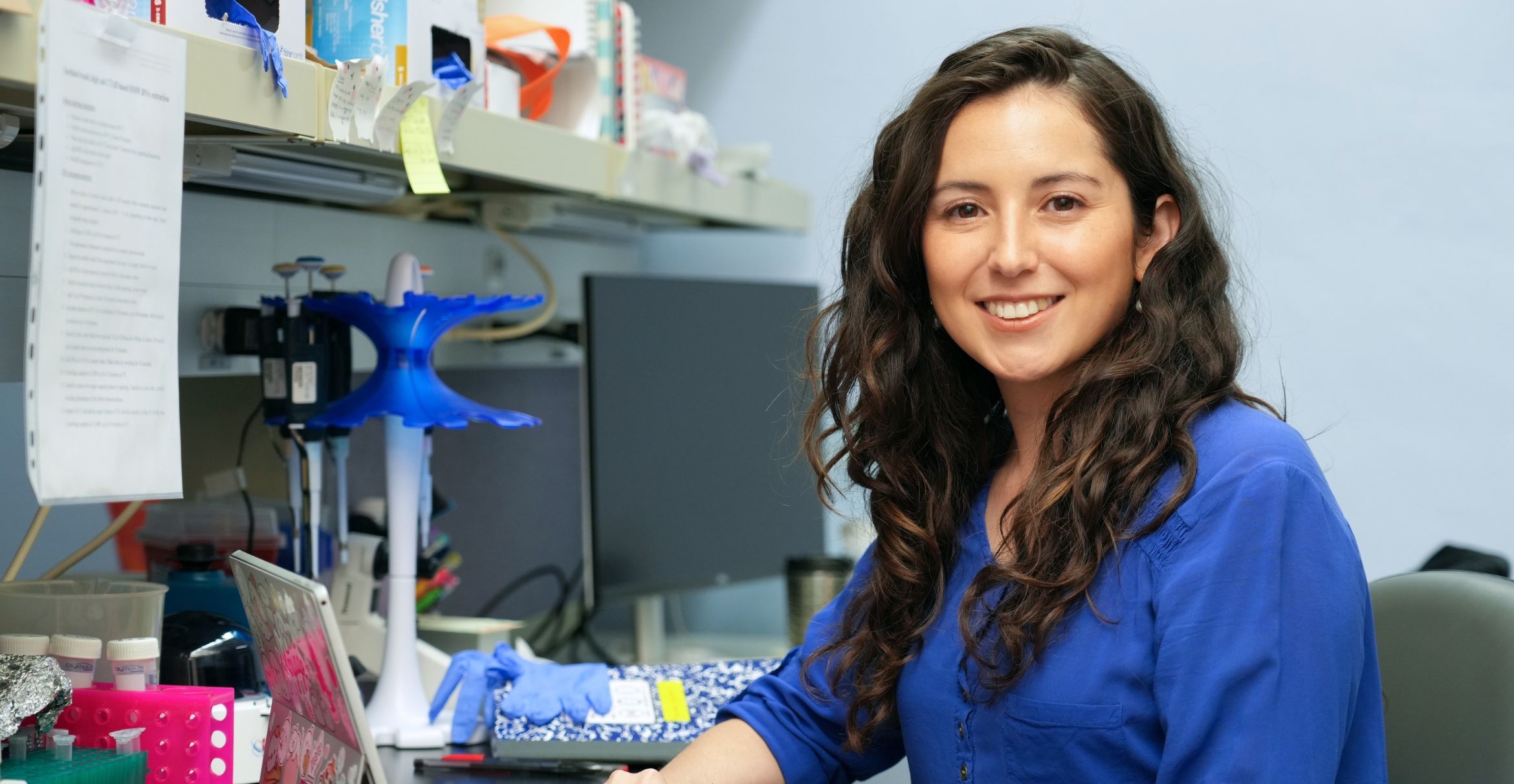
Photo Credit
Jordan Strauss / AP Images for HHMI
Daniela Soto
Image

Photo Credit
Matt Perko
Differences in gene expression, not just their presence, seems to drive the remarkable specialization found in the human brain.
Image
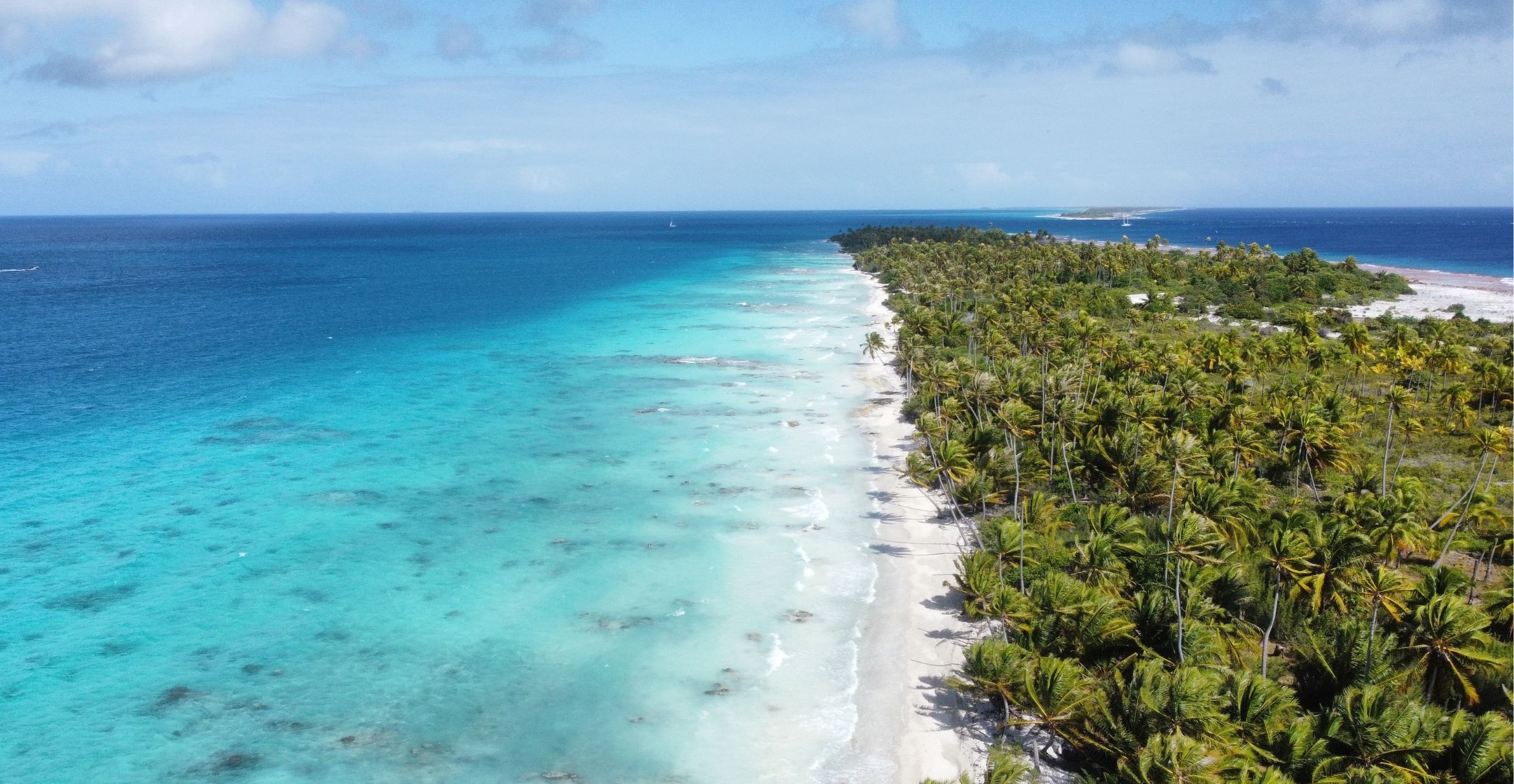
Photo Credit
PeaceMan via iStock
Coconut palms account for more than one third of forested areas on Fakarava Atoll, French Polynesia, which falls far short of the region’s most heavily impacted atolls.
